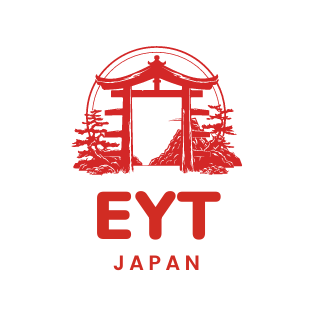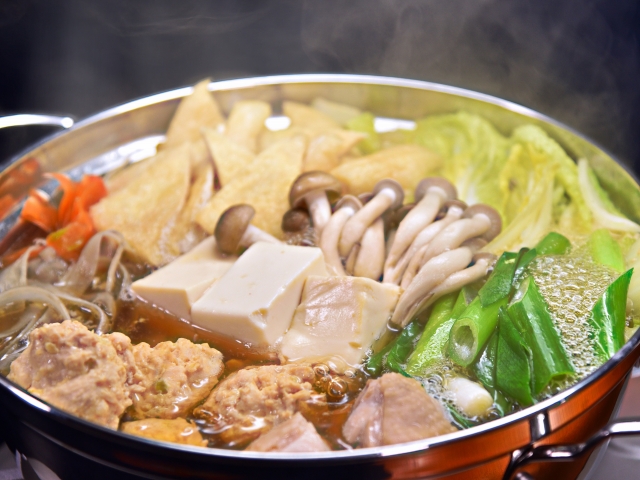Hot pot is called “nabe” in Japanese. Strictly speaking, it is referred to as “nabe dish” , but the “dish” part is often omitted, simply calling it “nabe.” So, saying “let’s eat nabe” means “let’s eat nabe dish.”
“Nabe” is a broad term used to refer to dishes where various ingredients are put into a pot and simmered in soup. Therefore, there are no strict rules about the ingredients.
Common ingredients include meat, tofu, green onions, mushrooms, and vegetables. Seafood can also be used instead of meat. The choice of ingredients greatly affects the taste of the nabe. For example, the author prefers chicken as meat and likes to include plenty of mushrooms.
The soup base can vary from using dashi broth to simply simmering in water. Using dashi broth is more common, in my opinion.
Once the ingredients are cooked and ready to eat, the soup and ingredients are ladled into individual bowls. It’s also delicious to add ponzu sauce to taste. The umami of the ingredients blends into the broth, creating a comforting taste of Japan.
Nabe is commonly eaten at home or in restaurants. It’s not commonly sold in convenience stores or supermarkets, so if eating out, look for a restaurant! There are also izakaya-style nabe specialty shops nationwide where you can enjoy it. Depending on the location, they may use local specialties as ingredients, so trying local nabe can be interesting for travelers.
While nabe is often enjoyed in winter, it can be eaten year-round.
Nabe is typically enjoyed by multiple people rather than solo, so it’s recommended for groups. For those who travel alone, eating nabe alone is possible. However, in Japan, nabe is often sold in servings for two or more people, so you may need to eat two servings alone, so make sure you’re hungry before heading to the restaurant!

